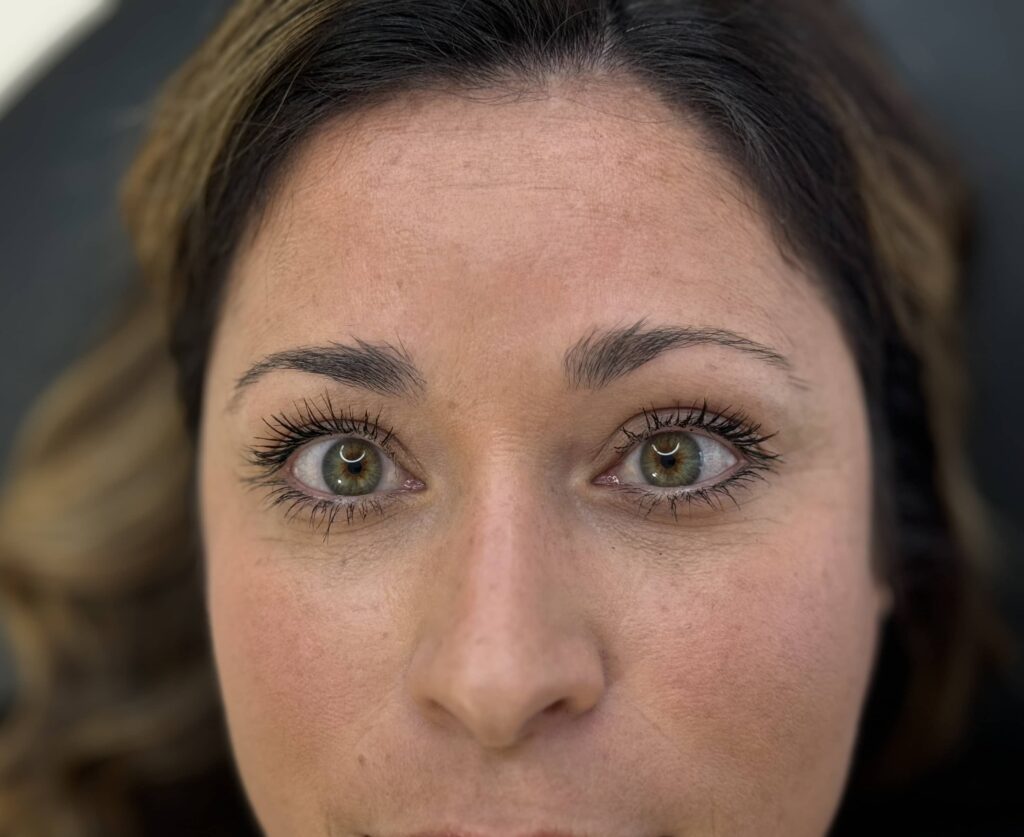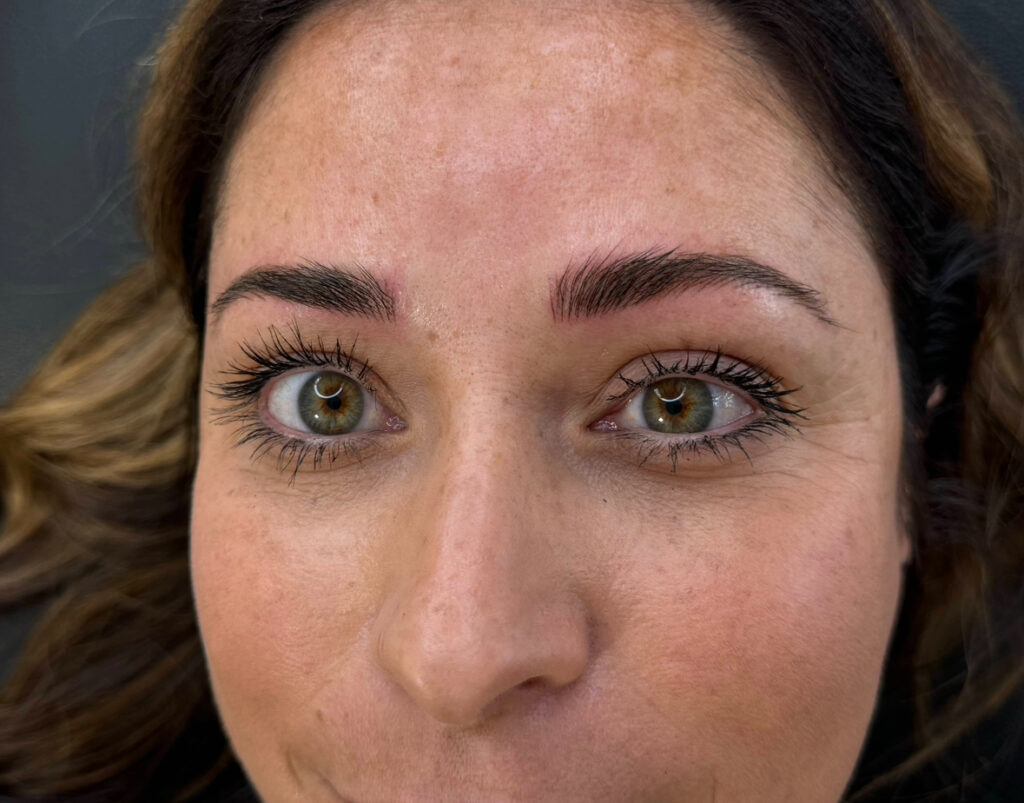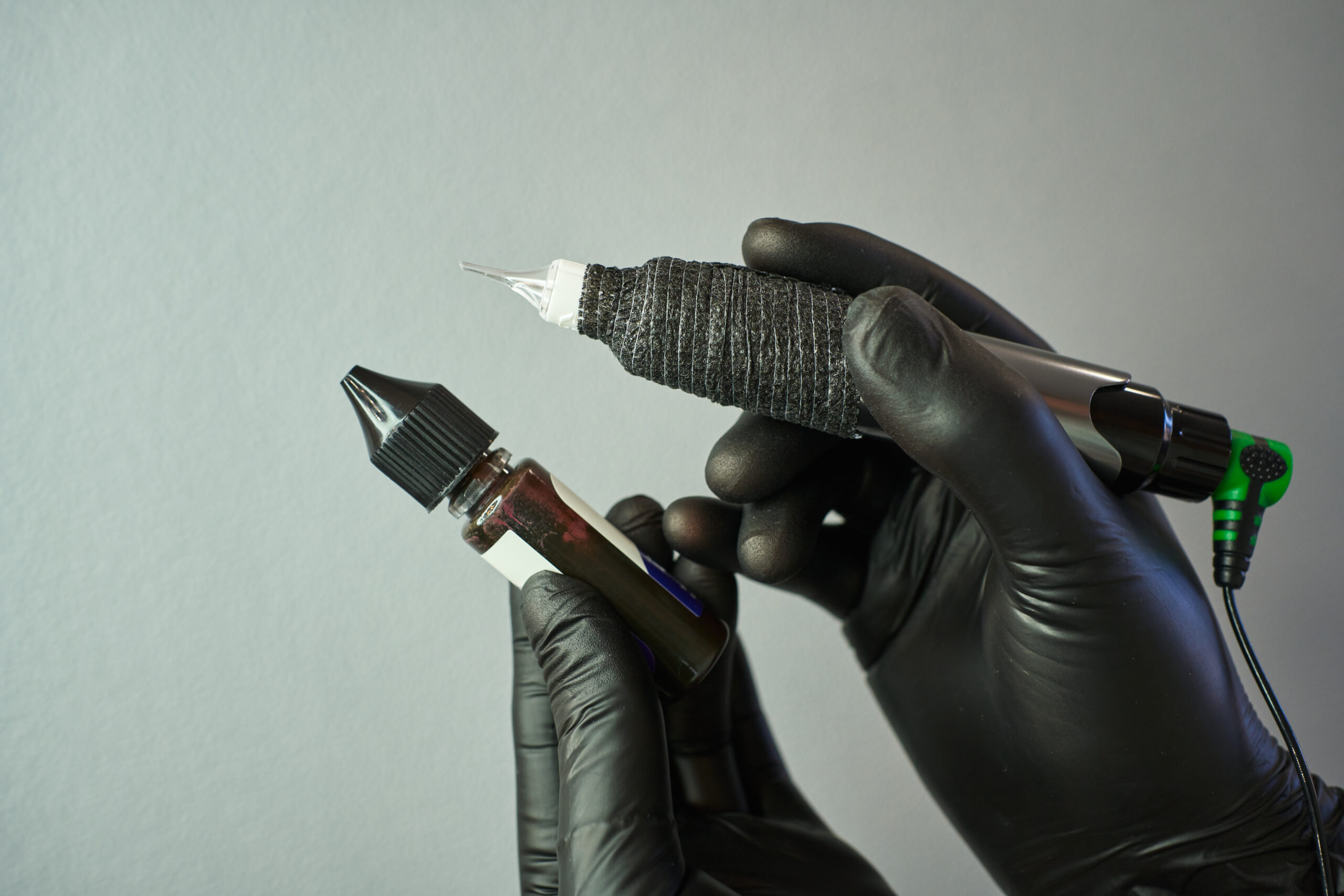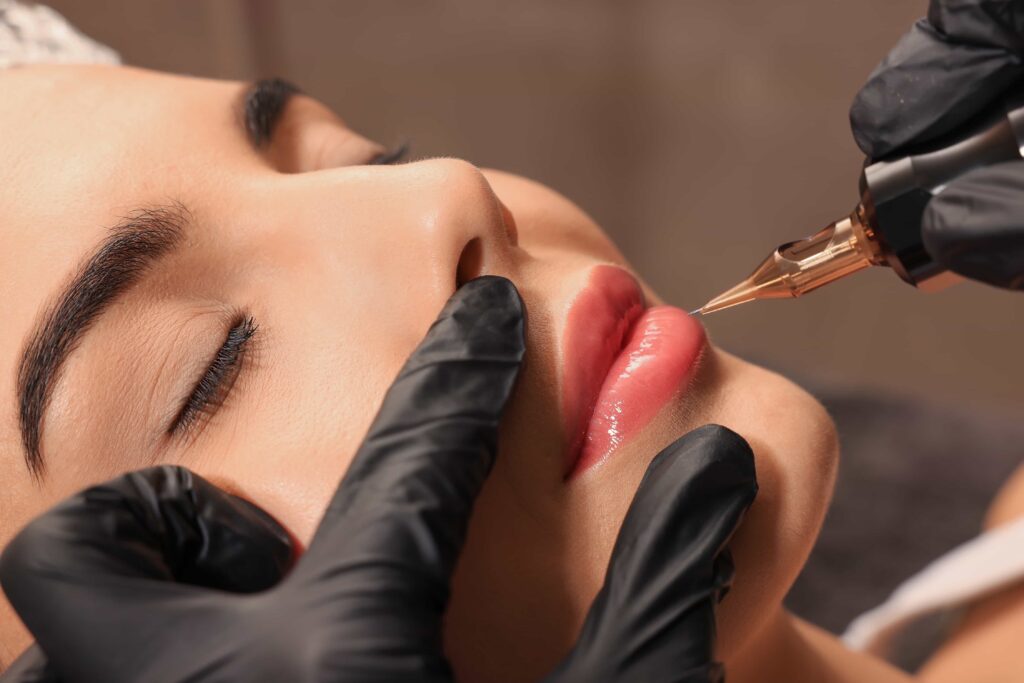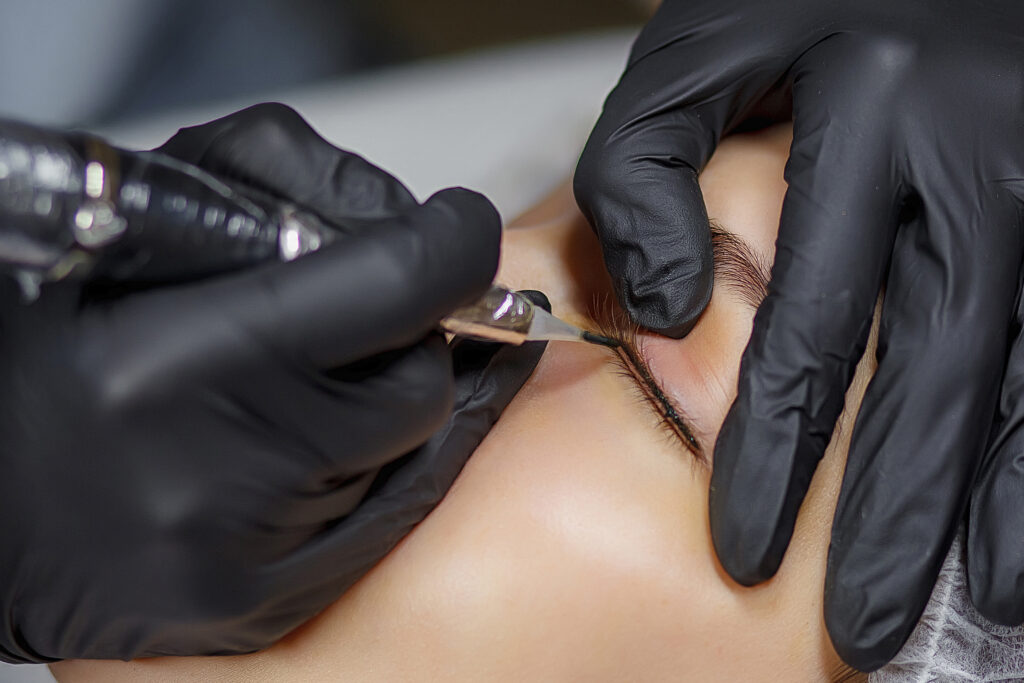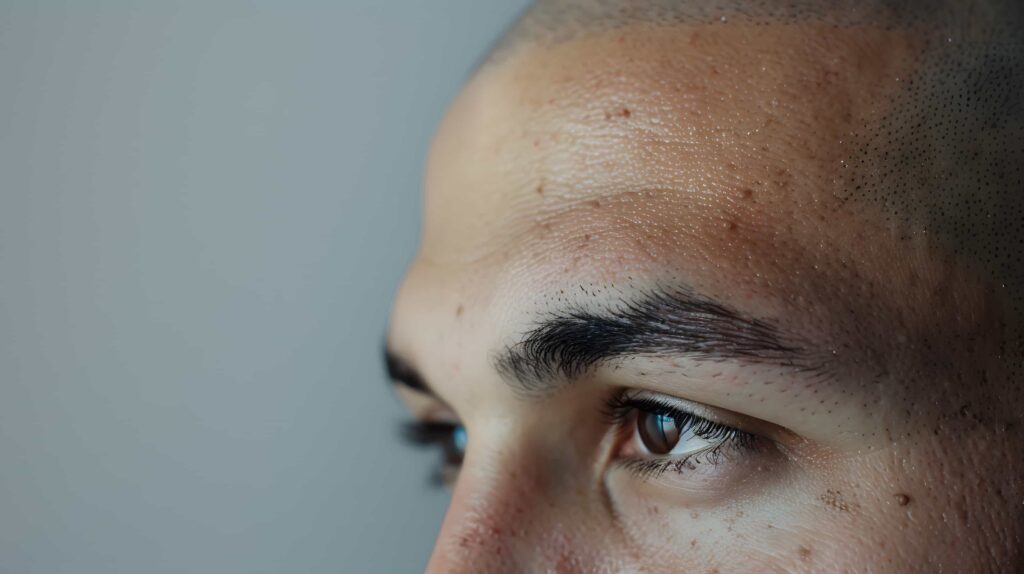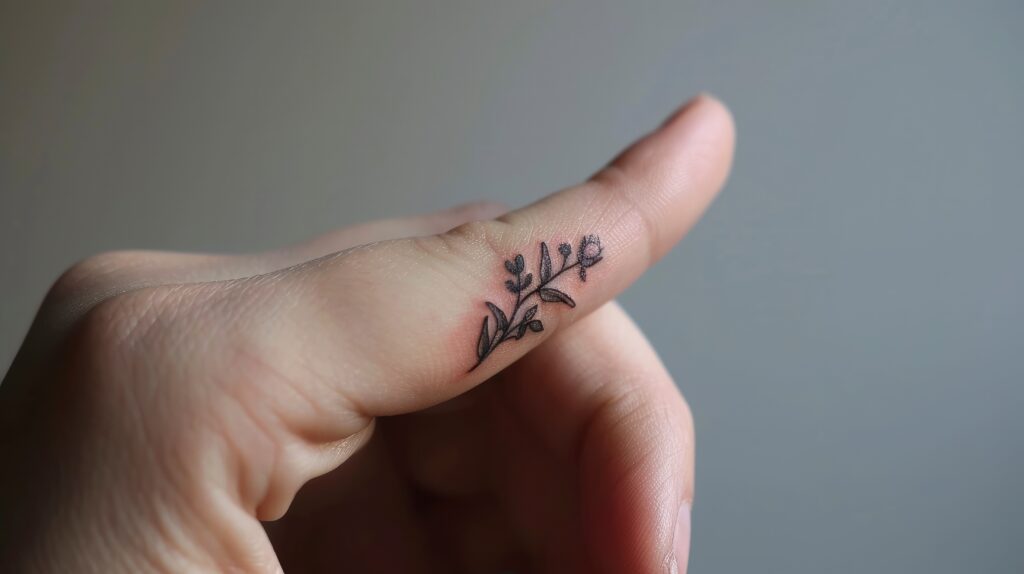Nano Brows enhances eyebrows with hair-like strokes using a precision digital machine and a single needle, allowing for diverse eyebrow patterns.
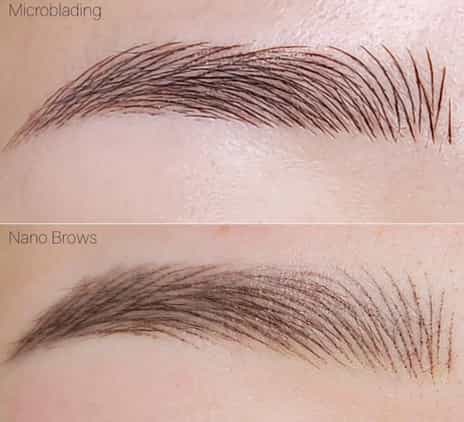
Nano Brows and Microblading both aim to enhance eyebrows, but they differ in technique and appearance. Microblading is characterized by its sharp, crisp hair-stroke effect, making it ideal for a fuller look.
In contrast, Nano Brows utilize digital precision for a softer, more diffused hairstroke, allowing for a more natural appearance with varied widths and sharpness. It’s important to note that neither technique is typically effective for filling in extremely sparse areas, and misconceptions about their suitability for oily skin exist, as both can present challenges for that skin type.
Ultimately, the choice between Microblading and Nano Brows should consider skin type, with Nano Brows being a preferable option for sensitive or mature skin due to their less invasive approach.
Opting for nano brows can be beneficial for mature skin. The choice between microblading and nano brows should consider your skin type.
Both methods are typically more suitable for normal to dry skin, as oily skin may not be ideal for either option. For those with sensitive or mature skin, nano brows may be preferable because of their less invasive approach and precise pigment placement. Therefore, individuals with those skin types might find nano brows a better fit than microblading.
-Enhances the appearance of brows, making them appear fuller and more voluminous.
-Customizable to suit individual preferences.
-Suitable for a diverse range of skin types.
-Can be a little uncomfortable.
-Due to shallower strokes may need more frequent touch ups than microblading
The nano brows procedure typically takes about three hours for the initial session, which involves a detailed consultation, eyebrow mapping, and the application of hair-like strokes.
Aftercare guidelines for nano brows are crucial for ensuring proper healing and long-lasting results.
These guidelines emphasize the importance of keeping the area clean, avoiding activities like swimming and excessive sweating, and not applying makeup directly to the brows for a certain time.
Additionally, clients are instructed on protecting the area from sun exposure and how to moisturize correctly. By adhering to these aftercare instructions, clients can achieve optimal healing and satisfaction with their nano brow procedure.
Both Microblading and Nano Brows require maintenance sessions to keep their appearance intact. However, Nano Brows may necessitate more frequent touch-ups than Microblading, which generally lasts longer due to the depth of pigment application.
A follow-up appointment is typically scheduled four to eight weeks after the initial session to refine the eyebrows. This essential session lasts one to two hours, allowing for minor adjustments and assessment of the healing process. Overall, the follow-up ensures that the client’s eyebrows achieve the best possible results.
The safety of nano brows relies on strict sterilization, including single-use needles and a clean workspace to reduce infection risks.
A “scratch test” may be done to check for allergic reactions to pigments and assess skin sensitivity.
It’s crucial to choose a licensed, experienced nano brow artist trained in safety and technique for the best results. While infections are rare, they can occur if aftercare isn’t followed or if hygiene is neglected, so selecting a reputable practitioner is key. Clients with sensitive skin should inform their artist of any concerns, as temporary redness or irritation may occur post-procedure.
Nanoblading is classified as a cosmetic procedure and, consequently, is not eligible for insurance reimbursement. The expenses associated with this treatment may fluctuate; however, the typical cost for eyebrow nanoblading generally ranges from $500 to $800 for the two-session process. Furthermore, an annual touch-up may incur an approximate fee of $300. It is important to note that prices can vary based on geographic location and the provider’s level of experience.
